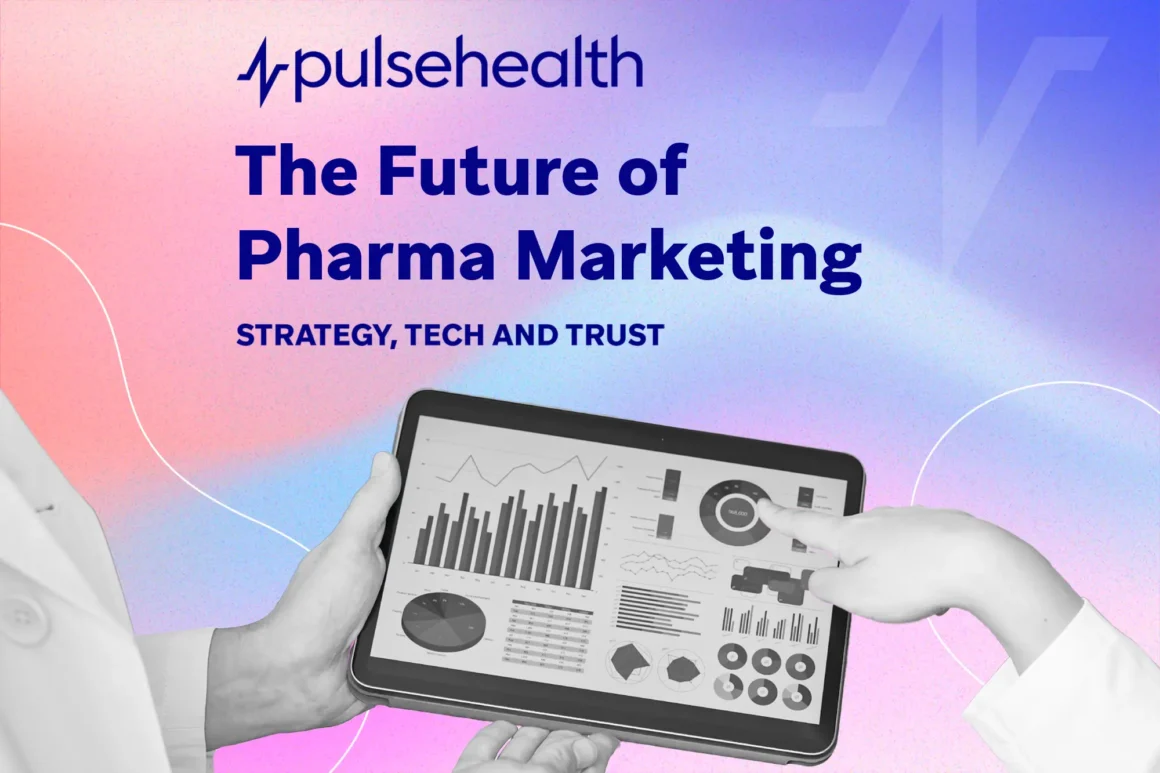Comprehensive Strategies for Success in Today’s Pharmaceutical Market
Pharma marketing — also called pharmaceutical marketing — is the lifeblood that connects pharmaceutical manufacturers with healthcare professionals, patients, and the wider healthcare industry. With global pharmaceutical industry revenue projected to surpass $1.6 trillion by 2030 (Statista), the competition among pharma companies is intense. Effective marketing strategies not only accelerate adoption of prescription drugs but also drive patient outcomes, resulting in healthier populations and stronger corporate performance.
The Stakes of Pharma Marketing
Today’s pharma marketers operate under unprecedented scrutiny from regulators, physicians, and the public.
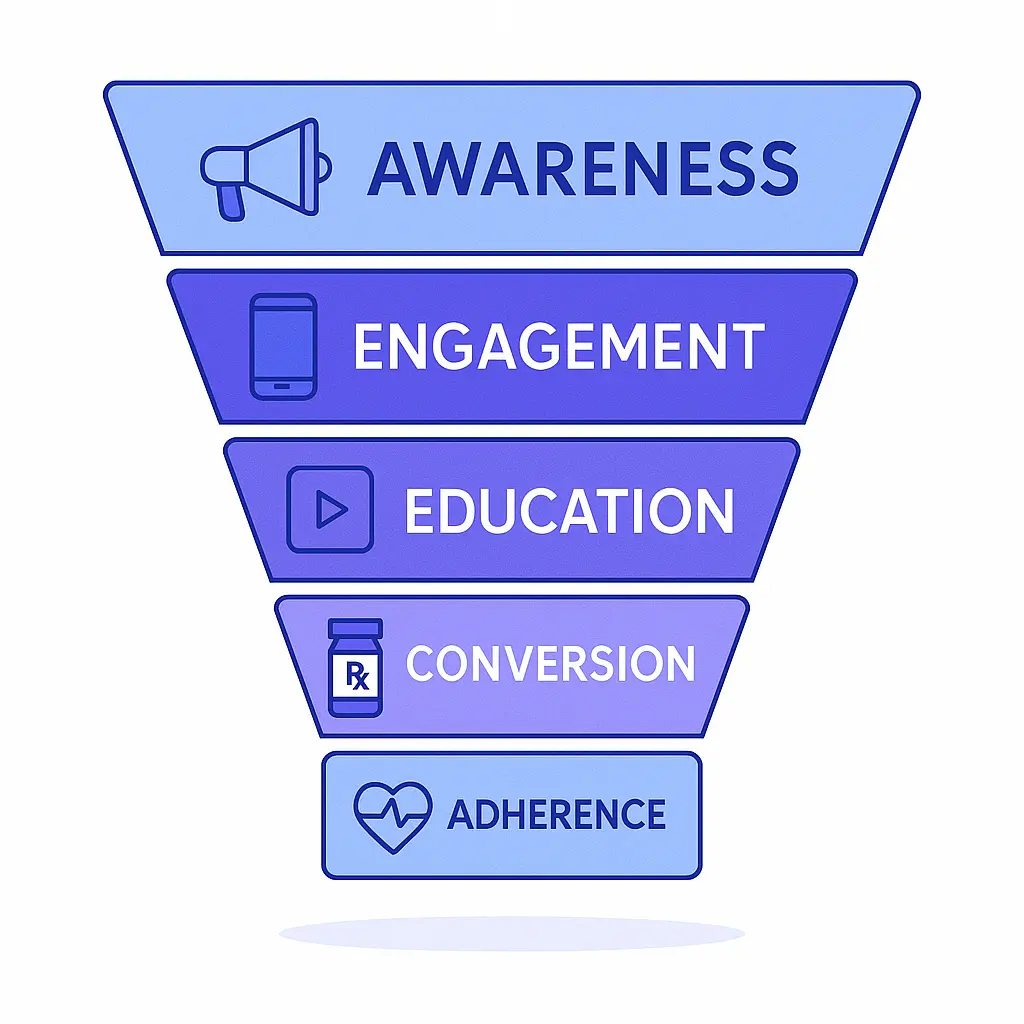
Balancing innovation with regulatory compliance, they must craft consistent messaging across digital channels, traditional marketing strategies, and cutting‑edge tech — from mobile marketing to AI‑powered chatbots.
Additionally, they need to adapt their strategies to better engage with patients and participate in consumers’ management of their health.
Throughout this article, we’ll explore how to perform pharma marketing effectively, unpack major success stories, dissect costly failures, and highlight why Pulse Health is the modern pharma CRM powering many of today’s successful marketing campaigns.
1. The Pharmaceutical Industry Landscape
- Global competition among pharma firms drives record R&D spending (~$238 billion in 2024).
- Fast‑changing market demands include personalized medicine, rare‑disease therapies, and value based health care reimbursement models.
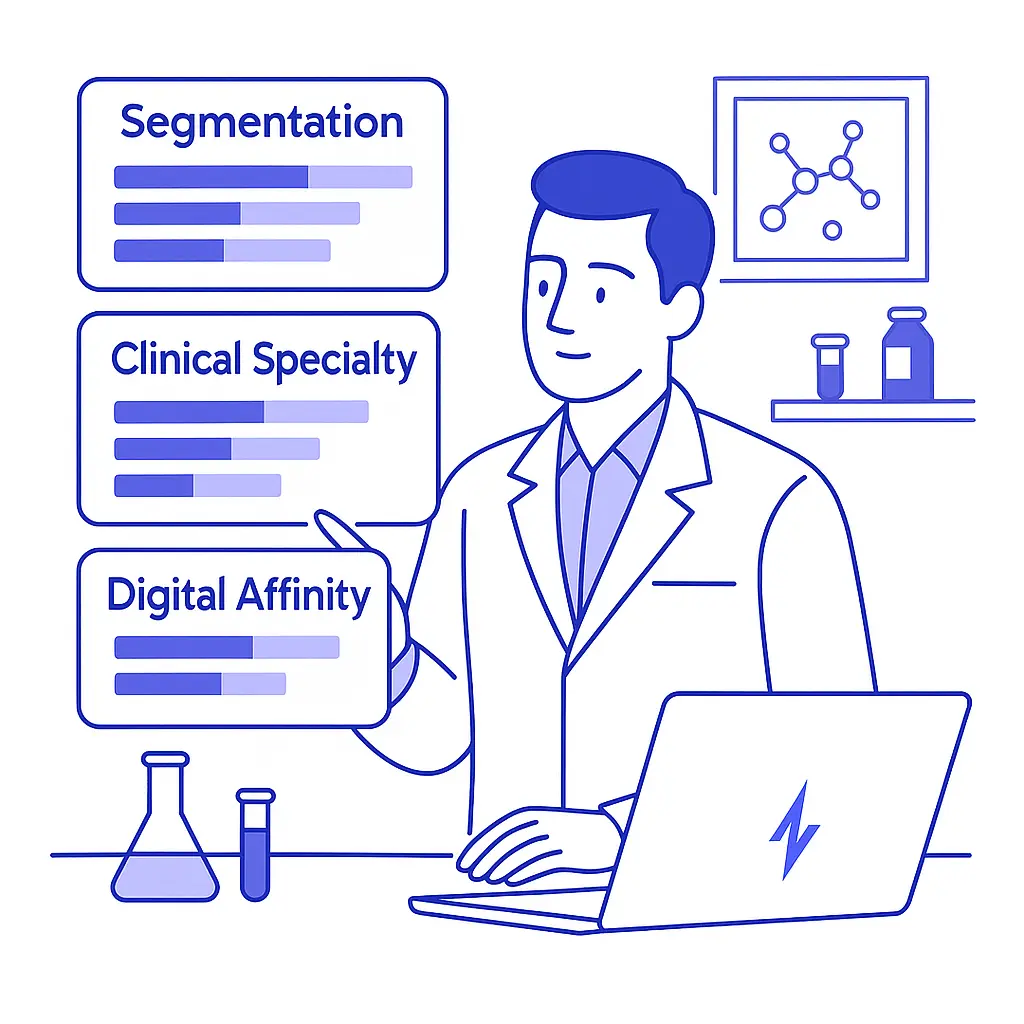
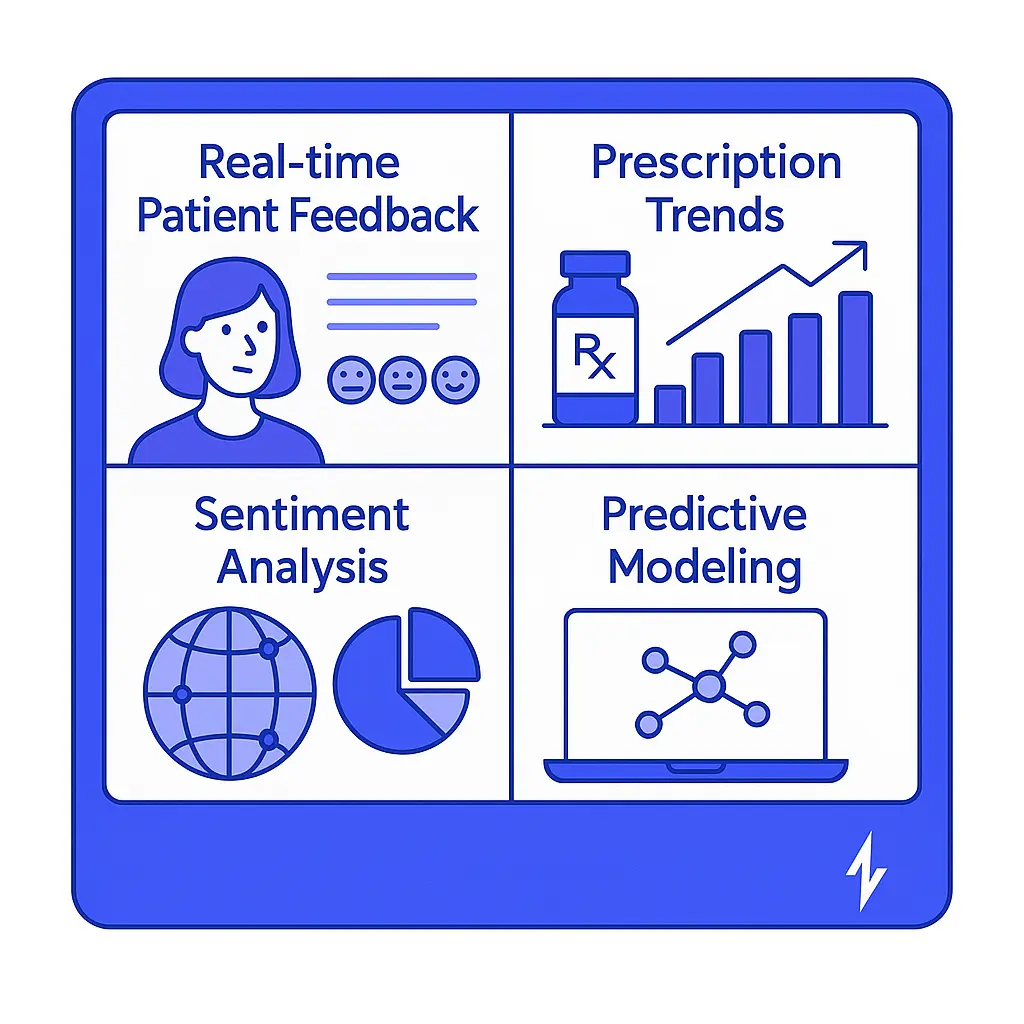
- Understanding the target market within the pharmaceutical industry is crucial, as pharmaceutical representatives need to identify and engage with physicians who are most likely to prescribe their products.
- Expansion into other industries — wearables, medical devices, and digital therapeutics — creates new collaboration and compliance challenges.
Pharma marketing strategies can align with those used in consumer goods industries by adopting a customer-centric approach, utilizing data and innovative marketing tactics to effectively meet patient needs and improve health outcomes.
Key trend: The shift from blockbuster drugs to custom treatment offerings means that smaller, tightly targeted target markets require hyper‑personalized outreach.
2. Target Audiences and Segmentation
Why Segmentation Matters
Successful marketing efforts start with a deep understanding of the target audience and their behavioral insights. Segmenting by clinical specialty, geography, payer type, and digital affinity enables targeted ads and high‑impact content. This granular segmentation allows pharmaceutical marketers to tailor their messaging and outreach strategies precisely to the unique needs and preferences of each subgroup, thereby maximizing engagement and conversion rates.
For example, understanding the prescribing habits and information consumption preferences of different clinical specialties helps in crafting relevant educational materials and promotional content that resonate with healthcare professionals. Geographic segmentation takes into account regional variations in healthcare practices, regulatory environments, and patient demographics, enabling more localized and effective campaigns.
Payer type segmentation is crucial in navigating reimbursement landscapes and tailoring value propositions that align with the priorities of insurers, government programs, or self-paying patients.
Digital affinity segmentation identifies how comfortable and engaged various segments are with digital platforms, allowing marketers to optimize channel selection — from traditional sales reps visits to advanced digital campaigns on social media and mobile apps.

By leveraging data analytics and behavioral insights, pharmaceutical companies can continuously refine their segmentation models and marketing tactics. This adaptive approach ensures that marketing efforts remain relevant and impactful in a rapidly evolving healthcare environment, ultimately driving better patient outcomes and stronger relationships with healthcare providers and consumers alike.
2.1 Healthcare Professionals (HCPs)
| Segment | Needs | Preferred Channels | Typical Pain Points |
| Oncologists | Latest trial data, safety profiles | Peer‑reviewed journals, medical conferences, key‑opinion‑leader webinars | Time constraints, information overload |
| Primary‑care physicians | Comparative efficacy, formulary status | E‑details, mobile apps, sales reps visits | Prior auth hurdles, cost concerns |
| Hospital pharmacists | Real‑world evidence, handling guidelines | Clinical dashboards, digital platforms | Supply chain disruptions |
Developing relationships with medical professionals is crucial for pharmaceutical companies. Medical conferences and events serve as platforms for companies to engage with healthcare professionals (HCPs), facilitating networking and the exchange of product information. This fosters positive connections between pharma companies and HCPs, ultimately enhancing product awareness and demand.
- Pharmaceutical sales representatives remain active partners, but e‑detailing, short “snackable” videos, and remote virtual lunch‑and‑learns have gained traction.
- Example successful marketing campaign: Novartis used modular e‑details to cut HCP call time by 40 % while boosting product knowledge scores.
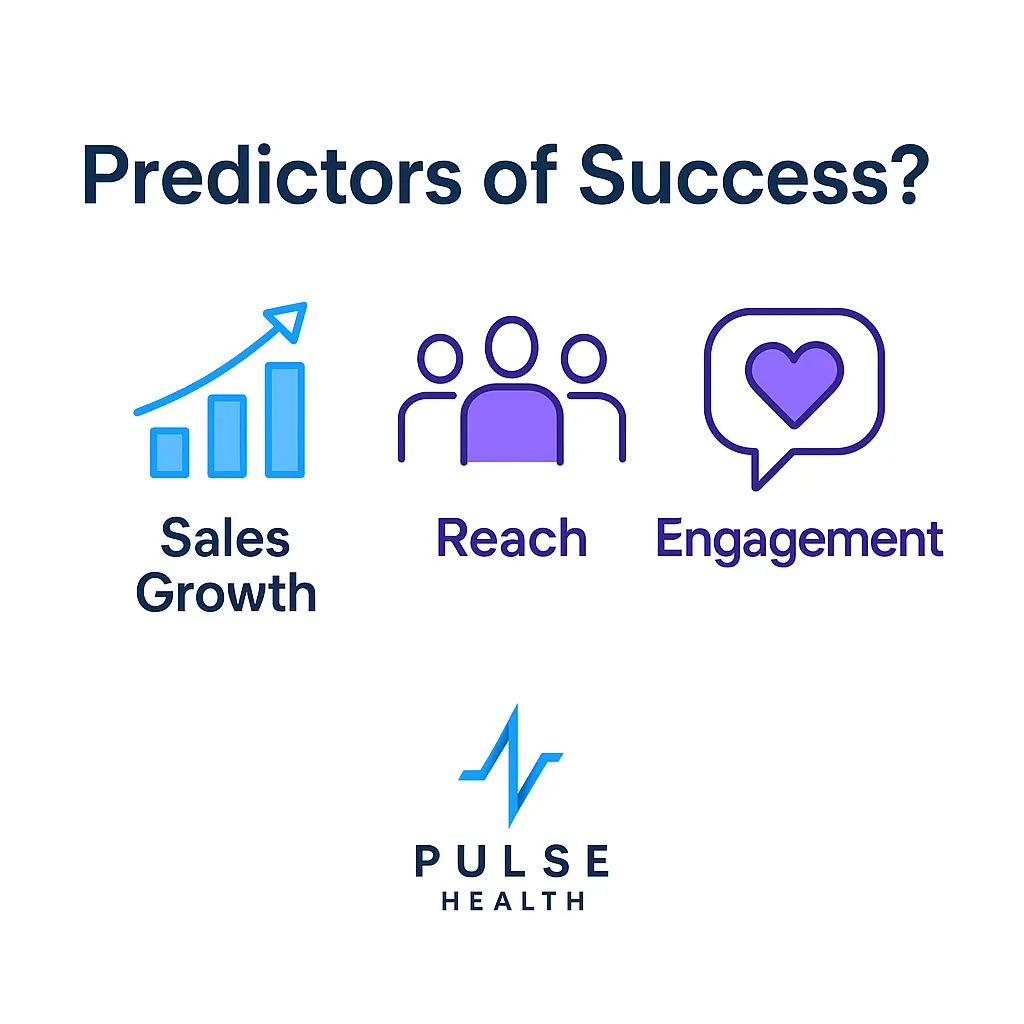
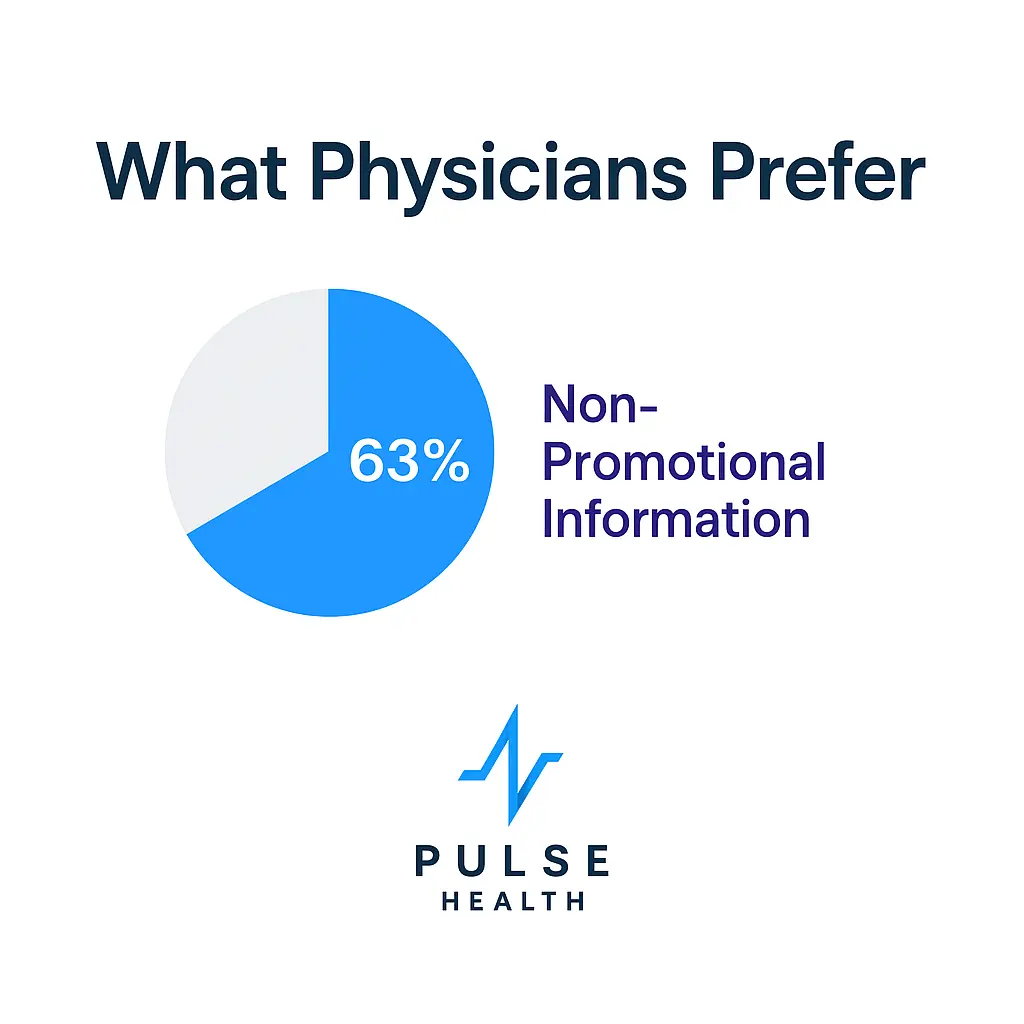
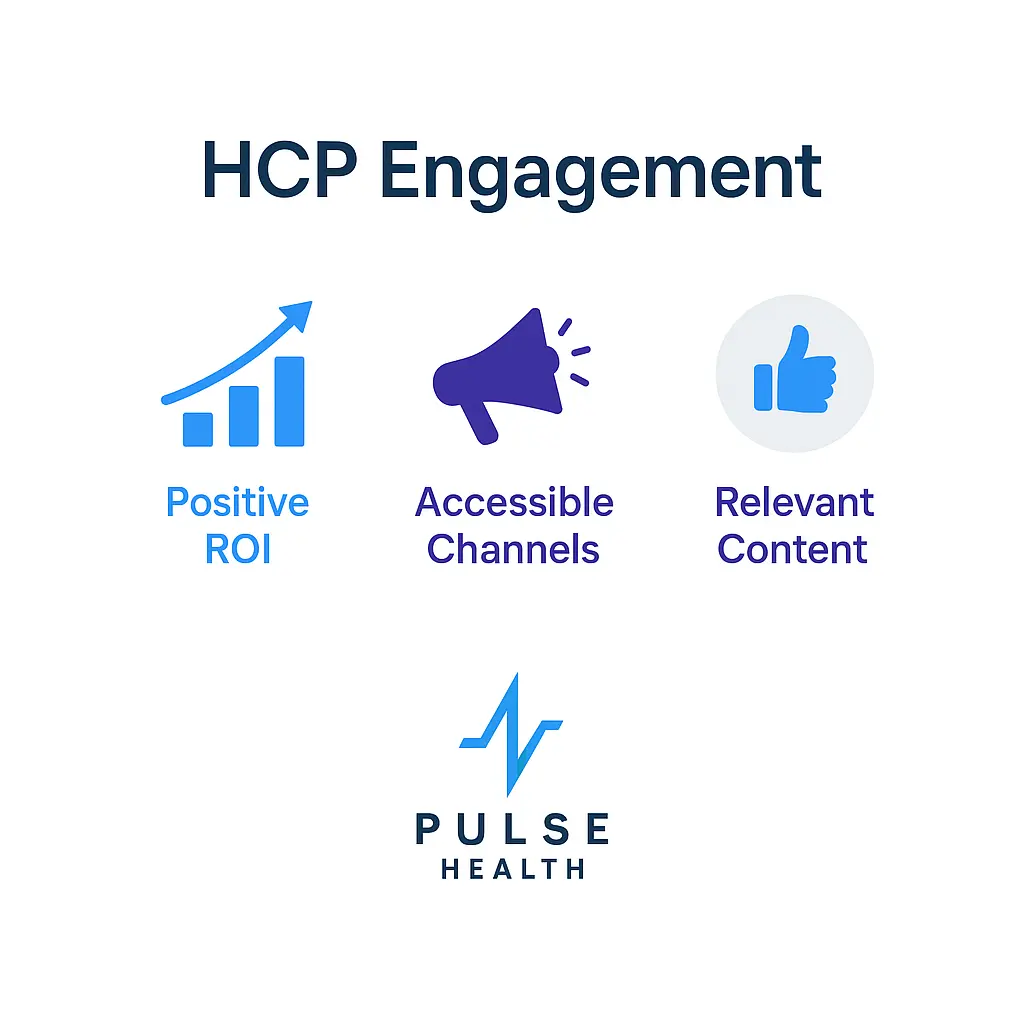
2.2 Patients and Consumers
Patients increasingly manage their own health through mobile communications, online forums, and telehealth.
- Direct to consumer content must be balanced and transparent to build trust and improve patient advocacy.
- Personas: “Digitally‑engaged millennials,” “chronic‑disease caregivers,” and “silver surfers.”
- Channels: connected TV, Instagram Reels, patient portals, web chat.


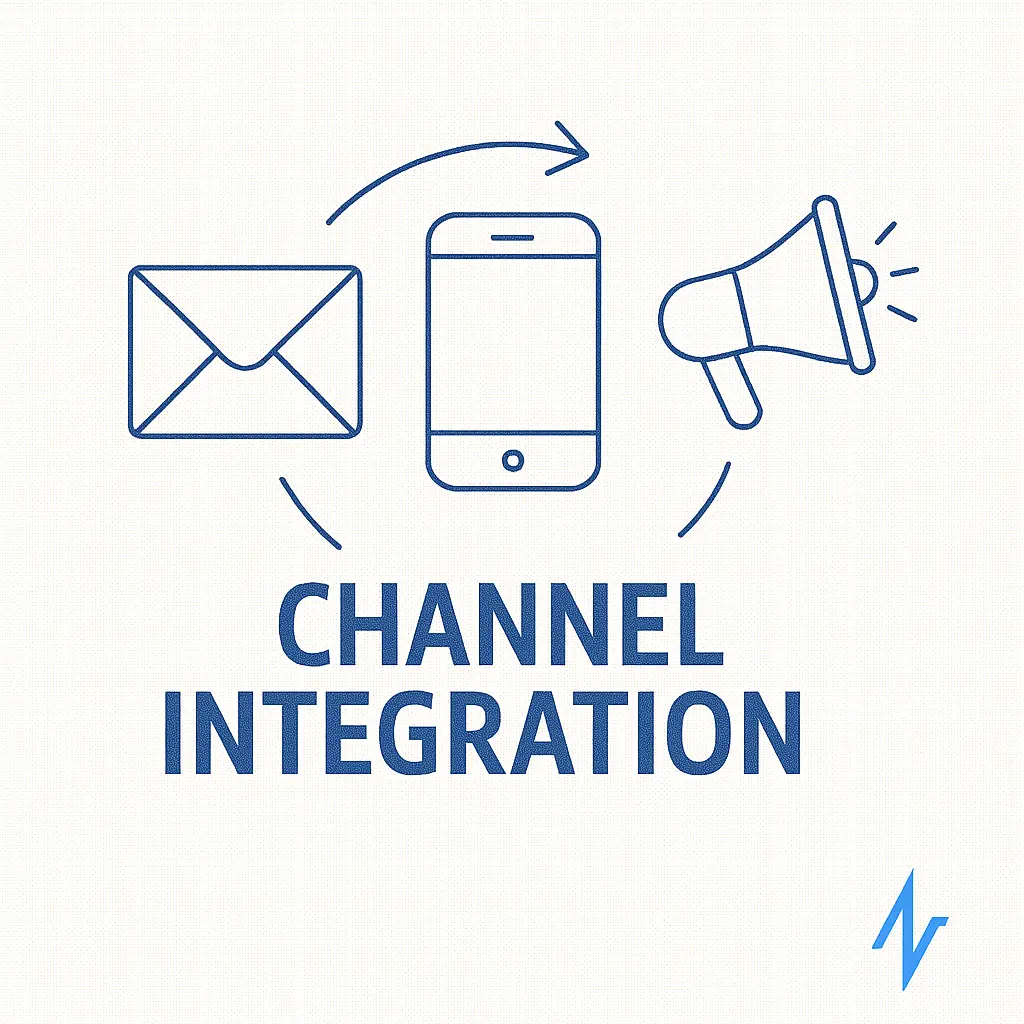
As patients become more empowered, their expectations from pharmaceutical companies have evolved significantly. They seek not only information about medications but also support in managing their conditions holistically. This shift has led pharma marketers to adopt more patient-centric approaches, emphasizing education, engagement, and personalized communication.
The rise of telehealth and virtual care platforms offers new opportunities to reach patients directly, providing timely information and support that align with their healthcare journeys. Online forums and social media communities also play a crucial role, enabling patients to share experiences, ask questions, and find peer support. Pharmaceutical companies can leverage these platforms to disseminate accurate information, address misconceptions, and foster a sense of community.
Moreover, mobile communications, including apps and messaging services, facilitate ongoing patient engagement, medication adherence, and real-time feedback. Tailoring content to different patient personas ensures relevance and effectiveness, whether targeting tech-savvy millennials or older adults who may prefer simpler interfaces.
In this context, balancing promotional efforts with transparency and regulatory compliance remains paramount. Clear, honest communication helps build long-term trust and supports better health outcomes, reinforcing the vital role of pharma marketing in today’s healthcare ecosystem.
3. Core Pharma Marketing Strategies
In the complex and highly regulated pharmaceutical industry, deploying the right marketing strategies is essential for success. Core pharma marketing strategies blend traditional approaches with innovative digital tactics to effectively reach healthcare professionals and patients. This section delves into the key methodologies that pharma companies use to engage their target audiences, build trust, and drive both awareness and adoption of their products.
3.1 Traditional Marketing Strategies
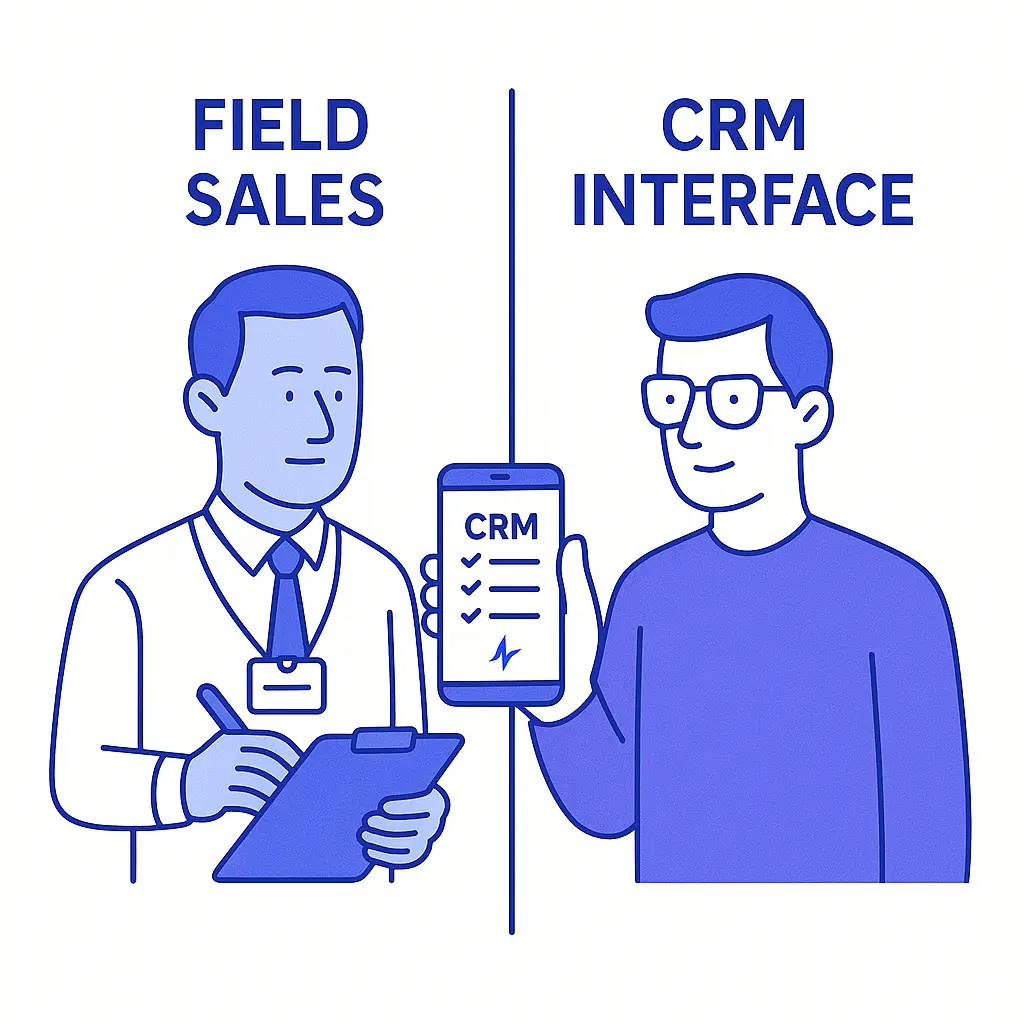
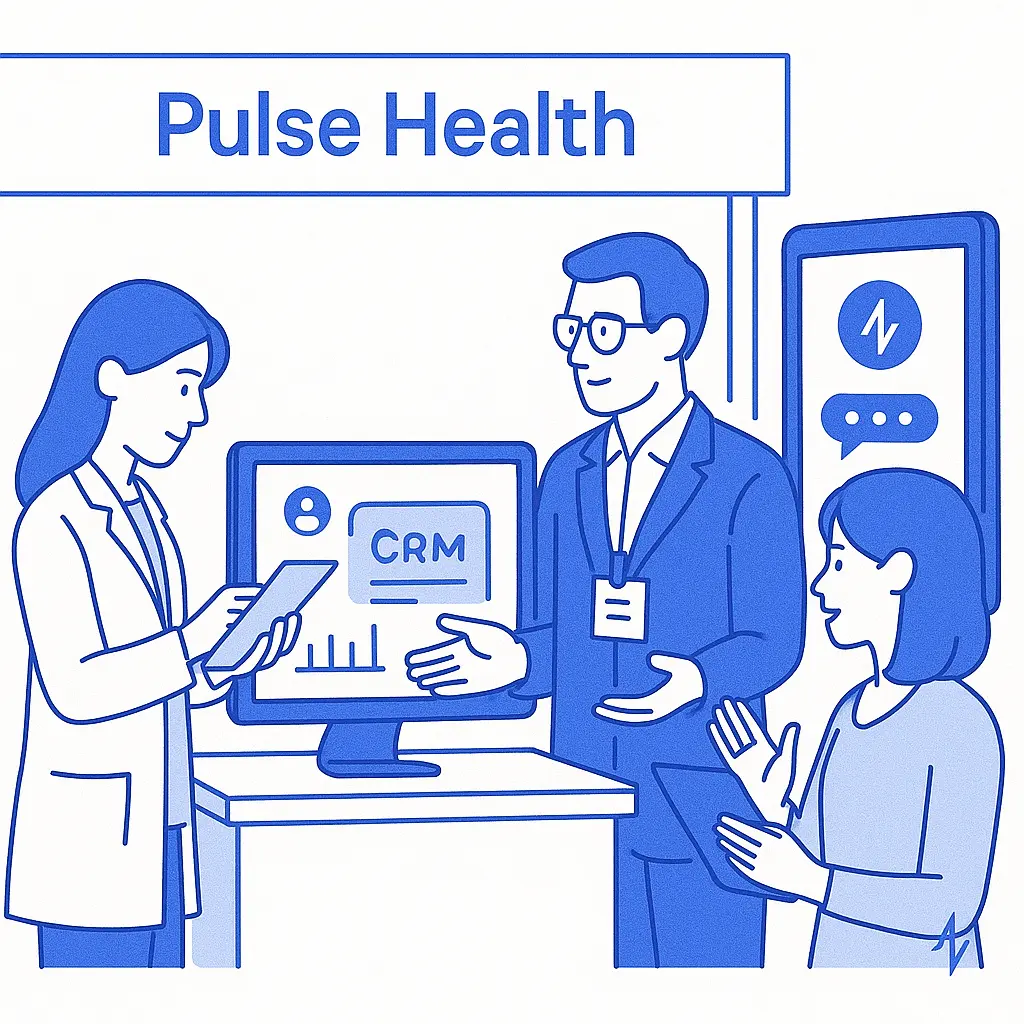
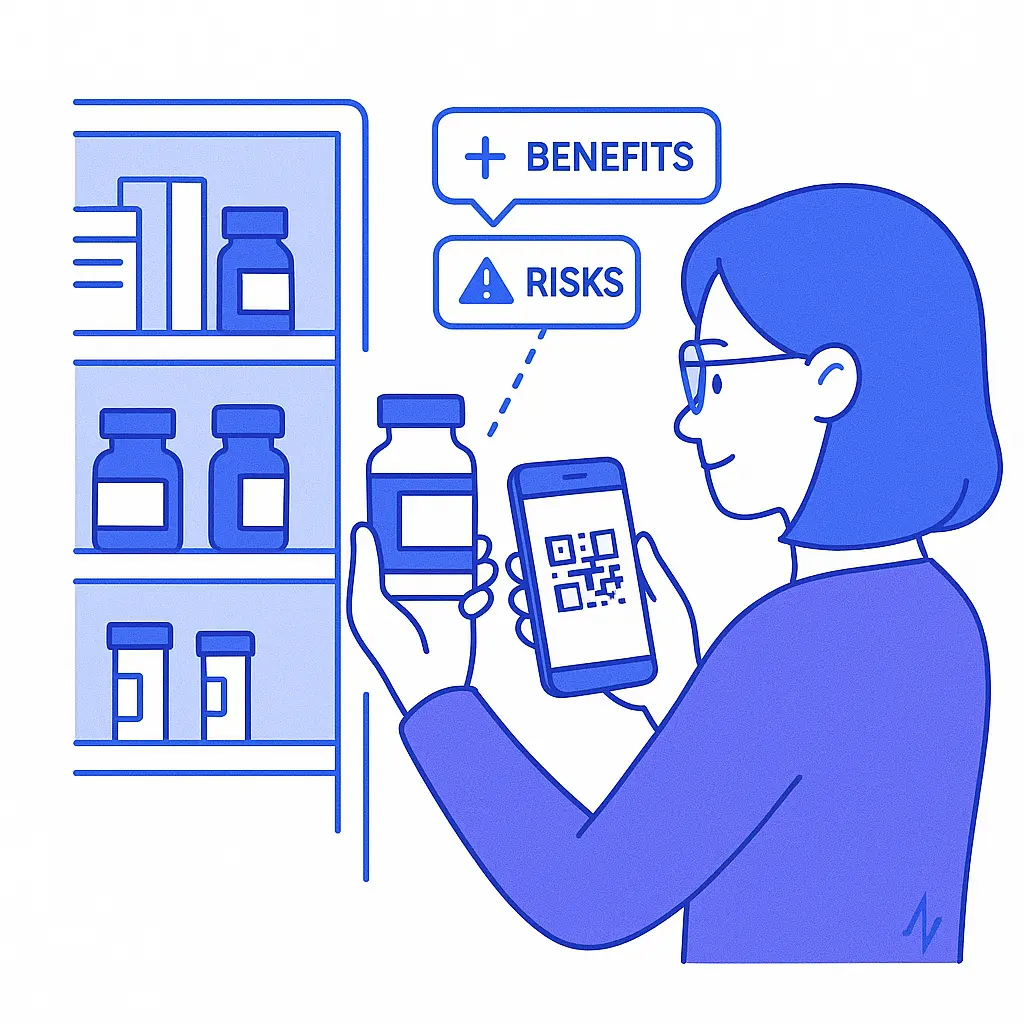
- Field forces of sales reps — still essential for relationship‑building as part of a comprehensive marketing strategy.
- Sponsored grand rounds, journal advertising, and booth presence at medical conferences.
- Print mailers remain surprisingly effective for surgical specialists.
Case in Point: A cardio‑vascular drug’s postcard series yielded a 5 % higher formulary pull‑through than email alone.
3.2 Digital & Mobile Marketing
- Digital marketing budgets now exceed print for most pharmaceutical companies.
- Mobile push notifications, pill‑reminder apps, and QR codes on packaging boost adherence and improving patient outcomes.
- Embracing digital innovation and utilizing online platforms is crucial for forging stronger, more personalized connections with patients, providers, and payers.
- Utilizing other online platforms in pharmaceutical marketing strategies is essential to effectively engage with patients, providers, and payers, facilitating personalized interactions and supporting integrated health management models.
- Data analytics underpin hyper‑personalized nurture streams.
3.3 Content & Social Marketing
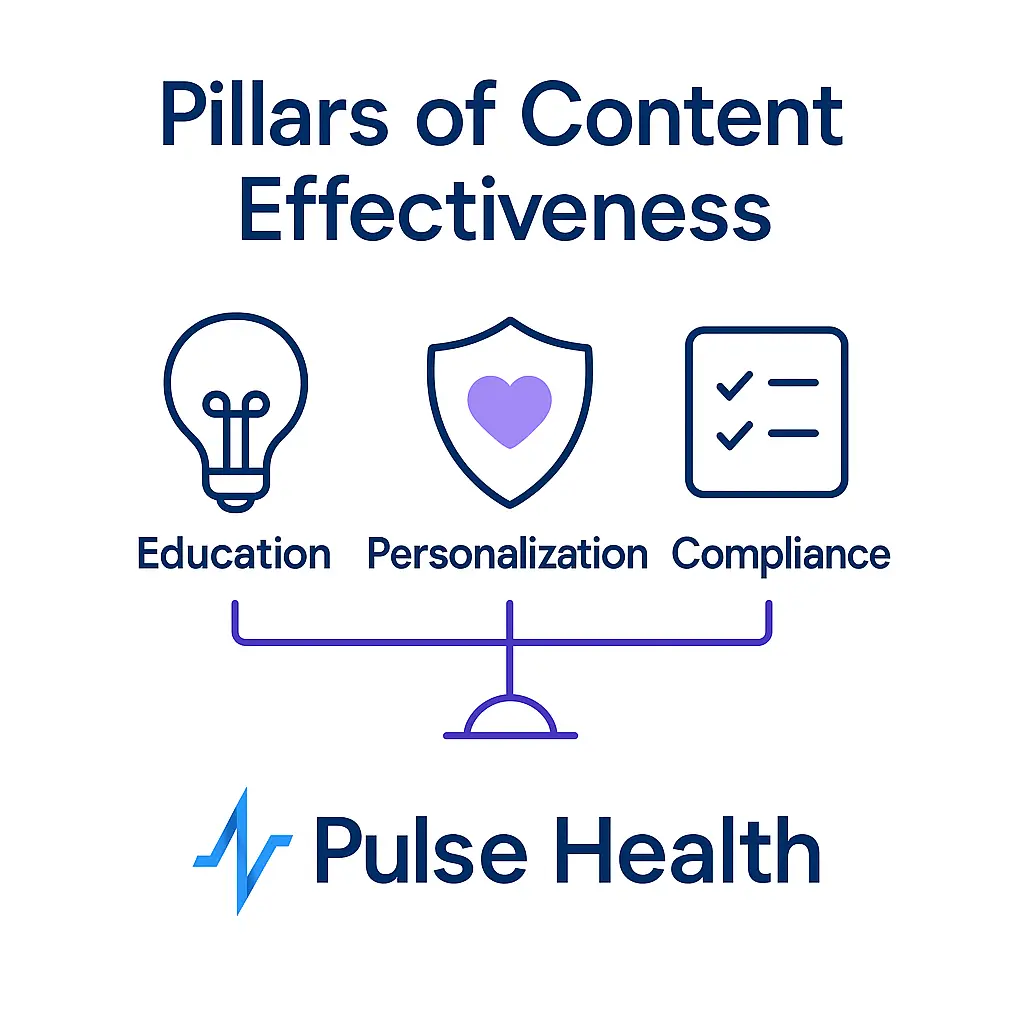
- Educational microsites, disease‑state podcasts, and animated MoA videos.
- Social marketing on LinkedIn targets HCPs, while TikTok collaborations humanize brands for younger audiences. Emphasizing customer experience in these platforms can significantly enhance engagement and build loyalty by meeting the specific needs of healthcare providers, payers, and patients.
Must moderate user comments to stay within regulatory restrictions on off‑label discussion.
4. Advertising Channels
Exploring Various Mediums in Pharma Marketing
Pharmaceutical marketing utilizes a diverse array of advertising channels to effectively reach its target audiences, which include both healthcare professionals and consumers. Traditional marketing strategies, such as print and television advertising, remain staples for many pharmaceutical companies. These methods provide broad reach and have a long-standing history of effectiveness in the industry.
However, the landscape is rapidly evolving with the rise of digital marketing. Direct-to-consumer advertising, particularly through online ads and social media campaigns, has become increasingly prominent.
This approach allows pharma companies to engage directly with patients, providing them with valuable information about their products and encouraging proactive health management.
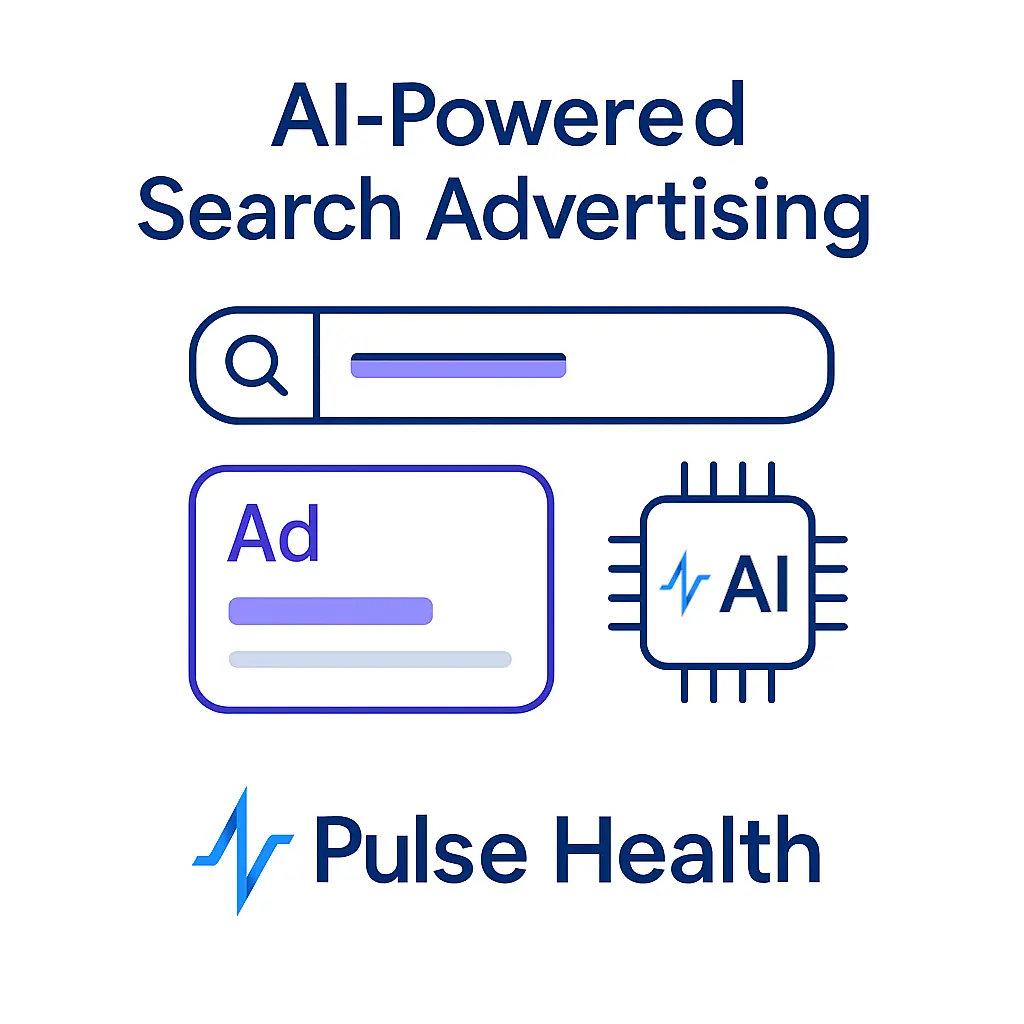
Pharmaceutical manufacturers also leverage medical conferences and sponsor continuing medical education (CME) events to connect with healthcare providers. These events offer a platform to showcase new products, share clinical data, and foster relationships with key opinion leaders in the healthcare industry.
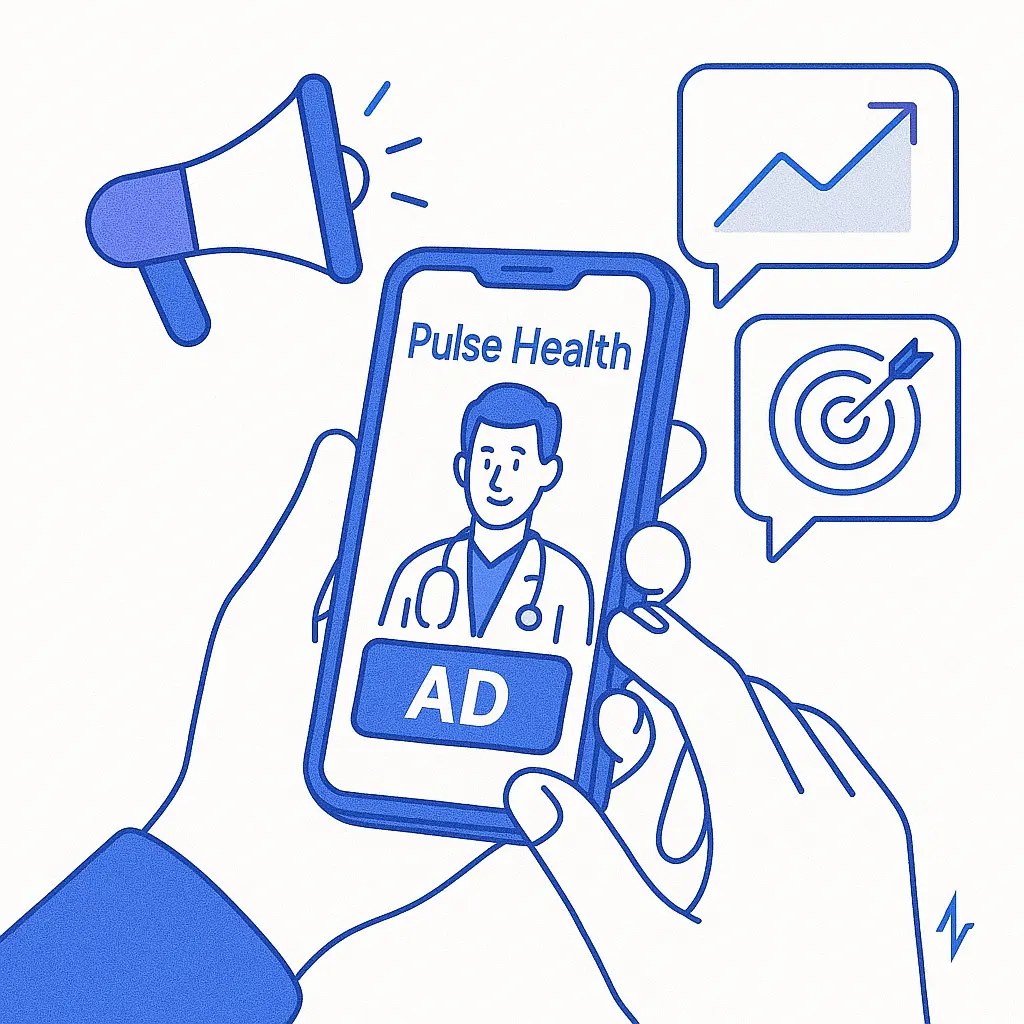
The integration of data analytics and mobile marketing has revolutionized the way pharmaceutical marketers create and deliver targeted ads.
By analyzing patient data and behavior, marketers can develop personalized content that resonates with specific segments of their audience, thereby improving the effectiveness of their marketing efforts.
In summary, by strategically utilizing a mix of traditional and digital advertising channels, pharmaceutical companies can enhance brand awareness, drive sales, and ultimately improve patient outcomes. This multifaceted approach ensures that marketing efforts are both comprehensive and impactful, reaching the right audience through the right medium at the right time.
5. Direct‑to‑Consumer Advertising & Marketing
Direct to consumer advertising (DTCA) is permitted in only two major markets — the United States and New Zealand — making compliance paramount.
Regulatory compliance requires fair balance of risks/benefits (see FDA’s guidance).
Pharmaceutical advertising spend topped $8 billion in 2024 (Kantar).
Example success: GSK’s Shingrix TV–digital‑hybrid campaign drove 6 million website visits and a 26 % vaccination uptick.
Example failure: Merck’s Vioxx DTCA faced backlash after cardiovascular risks emerged, underlining the need for rigorous safety monitoring.
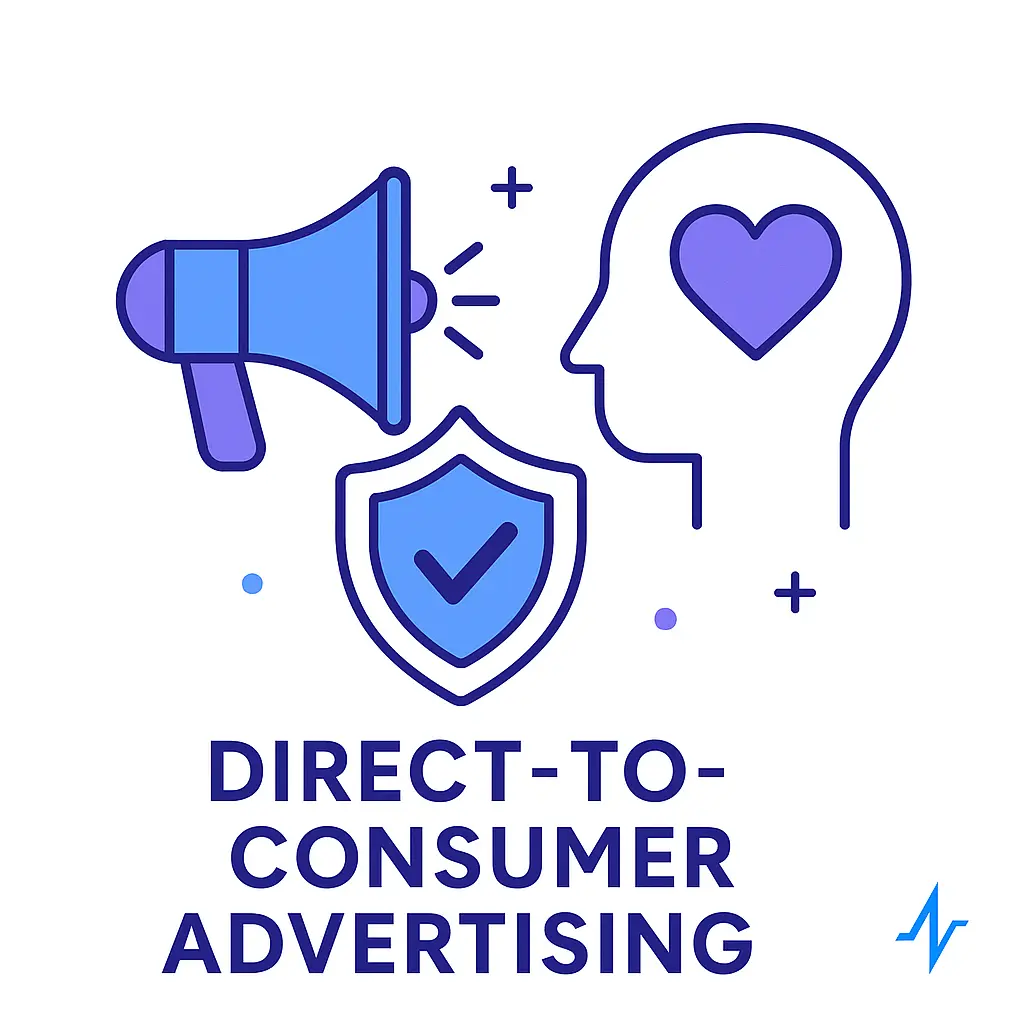
Direct-to-consumer advertising represents a unique and powerful channel that allows pharmaceutical companies to communicate directly with patients, bypassing traditional intermediaries such as healthcare providers. This approach can significantly influence patient awareness, demand, and adherence to prescribed therapies. However, due to the sensitive nature of healthcare information and the potential for patient impact, DTCA is heavily regulated to ensure accuracy, transparency, and ethical promotion.
In the United States, where DTCA is most prevalent, pharmaceutical companies must adhere to strict guidelines that mandate balanced presentation of drug benefits and risks, clear disclosure of side effects, and avoidance of misleading claims. These regulations help protect consumers from inappropriate medication use and promote informed decision-making. New Zealand follows similar regulatory frameworks, although the scale of DTCA is smaller.
The high investment in pharmaceutical advertising reflects the importance of this channel in driving brand recognition and influencing patient behavior. Successful campaigns, such as GSK’s Shingrix initiative, demonstrate how integrating traditional media with digital platforms can maximize reach and engagement. By leveraging TV spots alongside targeted digital ads and interactive web content, pharma companies can create cohesive, multi-touchpoint campaigns that resonate with diverse audiences.
Conversely, failures like Merck’s Vioxx highlight the risks associated with DTCA, especially when emerging safety concerns are not promptly and transparently communicated. Such incidents underscore the critical need for ongoing pharmacovigilance and swift response to adverse event data to maintain public trust and regulatory compliance.
Pharmaceutical marketers must also consider the evolving digital landscape, where social media, influencer partnerships, and mobile marketing present new opportunities and challenges for DTCA. Engaging content tailored to patient needs — while respecting privacy and regulatory boundaries — can enhance patient education and empowerment. Ultimately, effective direct-to-consumer advertising requires a careful balance of innovation, compliance, and patient-centric communication to support better health outcomes and sustainable business growth.
6. Omnichannel Marketing Excellence
Integrates field force, web, email, apps, and support hotlines into one seamless journey. Requires customer centric data orchestration via CRM.
Leveraging disruptive and emerging technologies like AI can help pharma marketers gain insights from both structured and unstructured data. This aids in optimizing HCP and patient engagement strategies, enhancing market understanding, and uncovering critical insights.
Pulse Health merges HCP preference data, campaign analytics, and compliance workflows, enabling marketing teams to deliver:

- 30 % faster content approvals (internal study)
- 22 % lift in message recall among neurologists
- Automated consent logging to protect collecting personal information ethically
Pulse Health acts as a centralized hub that seamlessly links all your marketing channels and integrations into a unified ecosystem. By consolidating data from diverse sources — such as digital platforms, sales reps, CRM systems, mobile marketing tools, and regulatory compliance workflows — Pulse Health enables pharma marketers to orchestrate consistent, customer-centric campaigns across every touchpoint.
This integration ensures that messaging remains aligned whether communicating through email, social media, field sales, or direct-to-consumer advertising.
Advanced AI-driven analytics within Pulse Health synthesize data from these channels to deliver actionable insights, optimize campaign performance, and personalize outreach based on healthcare professional and patient preferences.

Moreover, Pulse Health’s built-in regulatory compliance features automate content approvals and consent management, reducing bottlenecks and ensuring adherence to industry standards. By bridging traditional and digital marketing efforts, Pulse Health empowers pharma companies to deliver a seamless omnichannel experience that enhances engagement, improves patient outcomes, and drives measurable business results.
7. Leveraging Disruptive & Emerging Technologies
| Technology | Pharma Use Case | Benefit |
| AI/ML | Ad‑spend optimization, patient‑finding algorithms | Cost efficiency, better ROI |
| VR/AR | MoA demos for surgeons, empathy training for reps | Higher engagement |
| Blockchain | Consent management, supply chain transparency | Reduces counterfeit risk |
| Voice assistants | Refill reminders, adverse‑event capture | Convenience, real‑time data |
The integration of these disruptive technologies is transforming the pharmaceutical marketing landscape by enabling more precise targeting, enhanced engagement, and improved compliance. Artificial intelligence and machine learning (AI/ML) algorithms analyze vast datasets to optimize advertising spend and identify patients who may benefit most from specific therapies, thereby increasing return on investment and improving patient outcomes.
Virtual reality (VR) and augmented reality (AR) technologies provide immersive experiences for healthcare professionals, allowing detailed demonstrations of mechanisms of action (MoA) and facilitating empathy training for sales representatives. These interactive tools foster deeper understanding and stronger connections between pharma companies and medical professionals.
Blockchain technology enhances transparency and security in pharmaceutical marketing by ensuring consent management is handled ethically and supply chains are traceable, reducing the risk of counterfeit medications reaching patients. This technology also supports compliance with regulatory requirements by providing immutable records.
Voice assistants are increasingly used to improve patient engagement and adherence by delivering timely refill reminders and enabling real-time capture of adverse events. These tools offer convenience to patients and valuable data to pharmaceutical companies for monitoring drug safety.
Pulse Health’s AI module exemplifies these advancements by flagging healthcare professionals most likely to switch brands, triggering targeted ads and personalized follow-ups by pharmaceutical sales representatives. This proactive approach helps pharma marketers allocate resources efficiently and strengthen relationships with key stakeholders.
8. Regulatory Compliance Essentials
Regulatory compliance remains a cornerstone of effective pharma marketing, ensuring that promotional activities uphold ethical standards and protect patient safety. The FDA (U.S. Food and Drug Administration), EMA (European Medicines Agency), and PMDA (Pharmaceuticals and Medical Devices Agency in Japan) are the primary regulatory bodies overseeing pharmaceutical marketing in their respective regions. Each agency enforces stringent guidelines designed to prevent misleading claims, ensure balanced communication of drug benefits and risks, and safeguard public health.
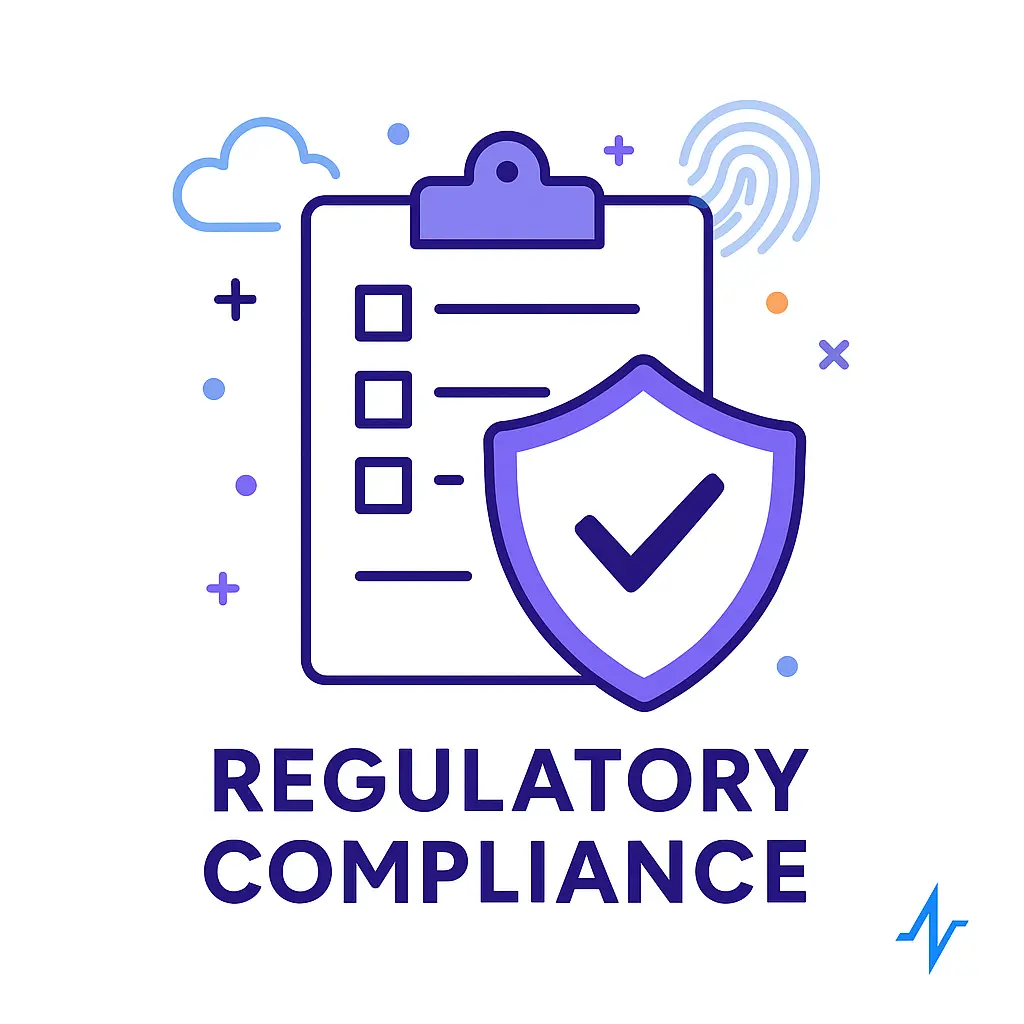
- FDA, EMA, and PMDA govern pharmaceutical marketing today.
- Key rules: no off‑label promotion, accurate risk disclosure, pre‑approval for promotional materials.
- Case study: Pfizer’s Chantix recall highlighted post‑marketing surveillance importance.
- Checklist: Medical‑legal‑regulatory (MLR) review, adverse‑event reporting, record retention.
Pharmaceutical companies must navigate complex regulations that govern every aspect of marketing materials, from initial content creation to distribution. This includes obtaining pre-approval for promotional content to verify accuracy and compliance before public release. The prohibition of off-label promotion — marketing drugs for uses not approved by regulatory authorities — is strictly enforced to prevent inappropriate prescribing and potential harm.
Post-marketing surveillance plays a critical role in monitoring drug safety after products reach the market. The Pfizer Chantix recall serves as a notable example where ongoing safety monitoring led to the identification of adverse effects, prompting corrective action to protect patients. This underscores the importance of vigilance and responsiveness in pharmaceutical marketing and regulatory adherence.
A comprehensive regulatory compliance checklist is essential for pharma marketing teams. It typically includes Medical-Legal-Regulatory (MLR) review processes to ensure content accuracy and legal compliance, timely adverse-event reporting to regulatory agencies, and meticulous record retention to provide audit trails and demonstrate accountability. Adhering to these practices not only mitigates legal risks but also fosters trust among healthcare professionals, patients, and regulators.
Furthermore, evolving regulatory landscapes require pharmaceutical marketers to stay informed about new guidelines and adapt their strategies accordingly. Digital marketing channels, social media, and emerging technologies introduce additional compliance challenges, necessitating robust oversight and training. By integrating regulatory compliance into every phase of marketing strategy, pharma companies can maintain ethical standards, enhance brand reputation, and contribute positively to patient health outcomes.
9. Data Analytics & Behavioral Insights
- Data analytics consolidate EHR, claims, and social listening data.
- Techniques: look‑alike modeling, cohort analyses, sentiment mining.
- Result: Real‑time dashboards predicting script lift within ±5 % accuracy.
Building trust in pharmaceutical marketing is crucial. Emphasizing values-based outcomes can significantly enhance this trust by shifting towards a more personalized, customer-centric model. This approach prioritizes integrating care management and preventive services, addressing the demands for proven patient outcomes, and moving away from traditional one-size-fits-all strategies.
Success metric: A respiratory‑drug launch used Pulse Health dashboards to pivot messaging mid‑campaign, adding $42 M revenue in year 1.
Expanding on this, data analytics in pharma marketing not only allow for precise targeting but also enable continuous campaign optimization. By integrating electronic health records (EHR), insurance claims, and social listening data, marketers gain a holistic view of patient journeys and healthcare professional behaviors. Look-alike modeling helps identify new potential patients or prescribers who share characteristics with existing high-value segments, while cohort analyses track group behaviors over time to measure campaign effectiveness and adherence trends. Sentiment mining from social media and online forums provides real-time feedback on public perception and emerging concerns, allowing marketers to adjust messaging proactively.
These advanced analytics tools empower pharma marketers to move beyond static campaigns and embrace dynamic, data-driven strategies that respond to evolving market conditions and stakeholder needs.
Real-time dashboards facilitate quick decision-making, enabling marketing teams to allocate resources effectively and maximize return on investment.
Moreover, this data-driven approach supports compliance by documenting the rationale behind marketing decisions and ensuring transparency.
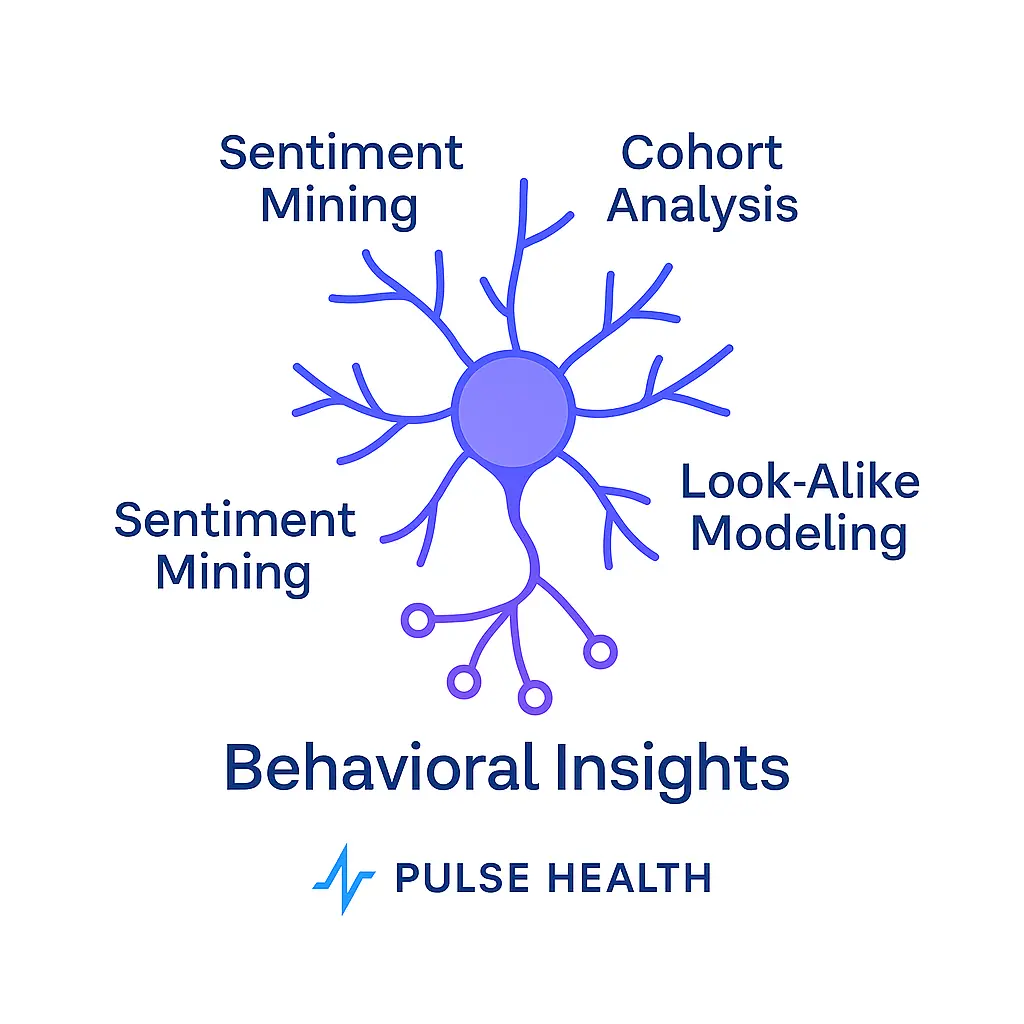
Ultimately, leveraging data analytics and behavioral insights fosters stronger relationships between pharma companies, healthcare providers, and patients. It helps deliver relevant, timely information that supports informed decision-making and better health outcomes, reinforcing the essential role of pharma marketing in today’s complex healthcare environment.
10. Building Trust in Pharma Marketing
Building trust is the cornerstone of successful pharmaceutical marketing. For pharmaceutical companies, establishing strong relationships with healthcare professionals, patients, and caregivers is paramount. Transparency and honesty are crucial, ensuring that all information provided is accurate and unbiased. This not only fosters trust but also enhances the credibility of the pharmaceutical company.
Adhering to regulatory compliance and industry standards is essential for maintaining trust. Pharmaceutical marketers must ensure that all promotional materials and communications meet regulatory requirements, avoiding any misleading claims or omissions. Effective communication and engagement with stakeholders are vital for building long-term relationships. This involves listening to their needs, addressing their concerns, and providing valuable information that helps them make informed decisions.
Pharmaceutical marketers should focus on providing value to patients and healthcare professionals, rather than just promoting products. This can be achieved through educational initiatives, patient support programs, and transparent communication about product benefits and risks. Leveraging digital platforms to provide accurate and timely information can also promote transparency and trust. By prioritizing the needs of their target audiences and maintaining high ethical standards, pharmaceutical companies can build lasting trust and loyalty.
11. Patient Assistance Programs
Patient assistance programs (PAPs) are vital initiatives offered by pharmaceutical companies to help patients access affordable medications. These programs can include discounts, free trials, or patient support services, all aimed at improving patient outcomes and adherence to treatment. For pharmaceutical marketers, promoting PAPs through various channels, including digital marketing, direct-to-consumer advertising, and healthcare provider outreach, is essential.
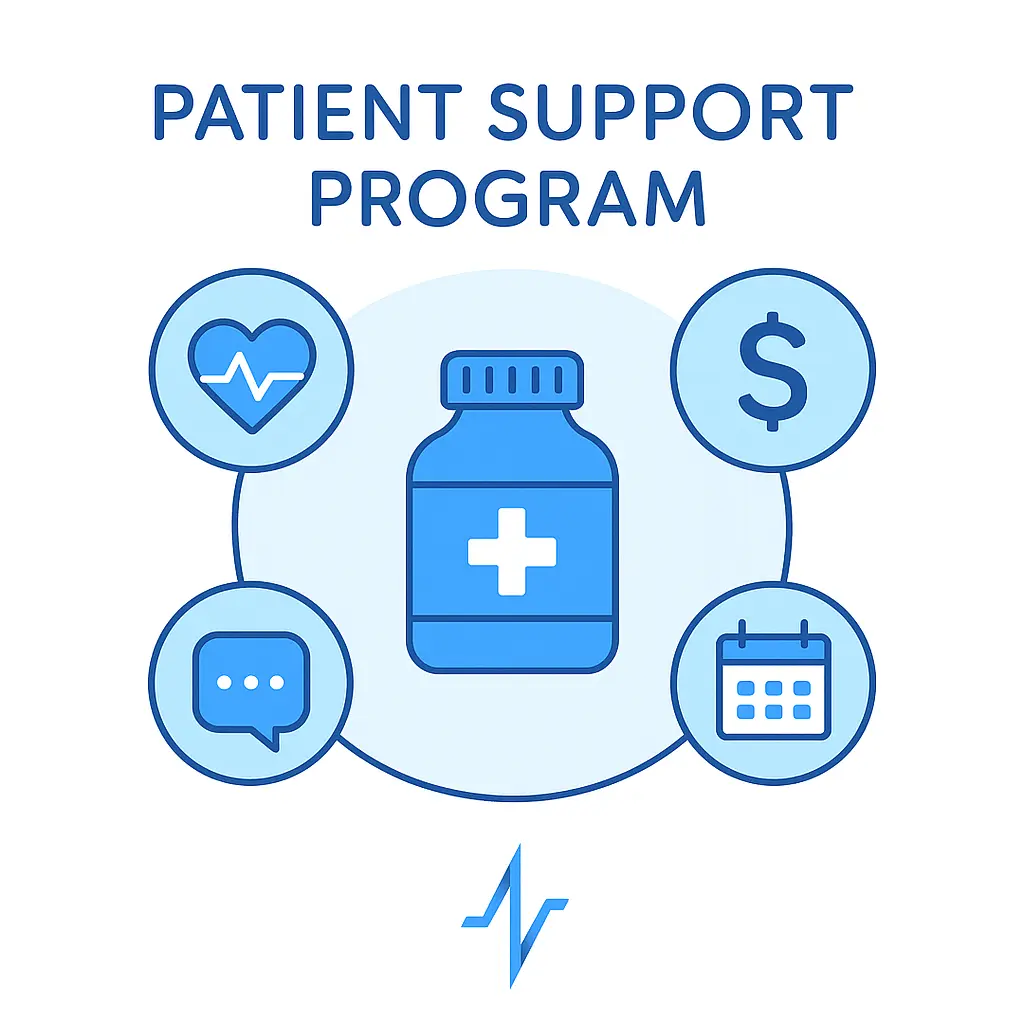
PAPs demonstrate a pharmaceutical company’s commitment to patient-centricity and social responsibility.
Effective PAPs require collaboration between pharmaceutical companies, healthcare providers, and patients to ensure that patients receive the support they need.
Pharmaceutical marketers should ensure that PAPs are clearly communicated and easily accessible to patients, avoiding any confusion or barriers to access.
Additionally, PAPs can provide valuable insights into patient behavior and preferences, helping pharmaceutical marketers refine their strategies and improve patient outcomes. By effectively promoting and managing PAPs, pharmaceutical companies can enhance their reputation, build trust with patients and healthcare providers, and ultimately contribute to better health outcomes.
12. Personalized Medicine in Marketing
Personalized medicine represents a transformative approach in healthcare, tailoring treatment to individual patients based on their unique characteristics, needs, and preferences. For pharmaceutical marketers, leveraging personalized medicine can lead to the development of targeted marketing strategies that improve patient outcomes and enhance the overall patient experience.
The use of data analytics and digital platforms is crucial in personalized medicine. By collecting and analyzing patient data, pharmaceutical companies can identify patterns and trends that inform marketing decisions. This enables the development of custom treatment offerings that address specific patient needs, improving treatment adherence and outcomes.
Personalized medicine also involves direct-to-consumer marketing, empowering patients to take a more active role in managing their own health.
Pharmaceutical marketers should ensure that personalized medicine initiatives comply with regulatory requirements and industry standards, maintaining patient trust and confidentiality.

In a competitive market, personalized medicine can help pharmaceutical companies differentiate themselves by demonstrating their commitment to patient-centricity and innovative approaches to healthcare. By focusing on personalized treatment options, pharmaceutical marketers can create more effective and meaningful connections with their target audiences.
13. Measuring Success in Pharma Marketing
Measuring the success of pharmaceutical marketing campaigns is crucial for evaluating effectiveness, identifying areas for improvement, and optimizing marketing strategies. Pharmaceutical marketers can use various metrics to measure success, including website traffic, social media engagement, and sales data. Data analytics play a critical role in this process, providing insights into patient behavior, preferences, and outcomes.
Digital platforms enable pharmaceutical companies to track patient interactions, monitoring the impact of marketing campaigns on patient outcomes and treatment adherence. A customer-centric approach is essential, focusing on patient outcomes, satisfaction, and loyalty.
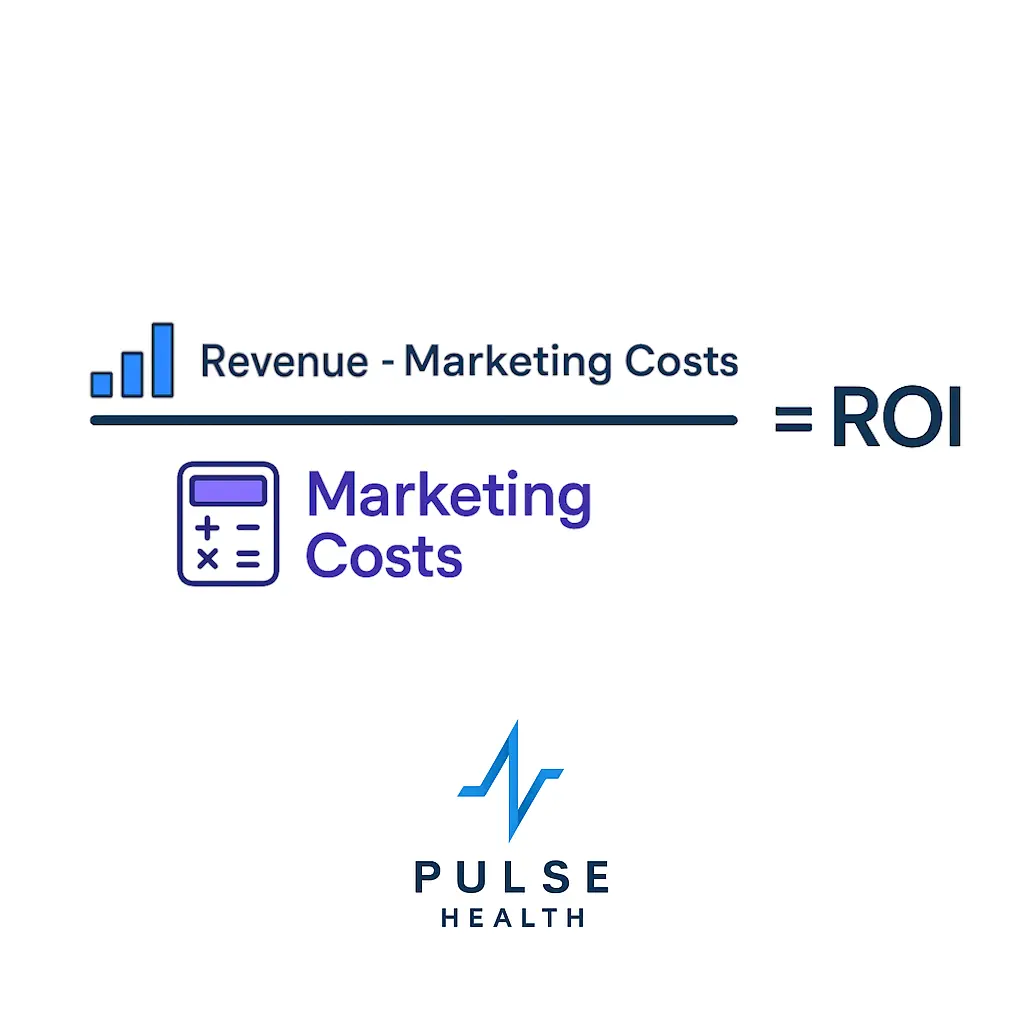
Regularly reviewing and assessing marketing strategies allows pharmaceutical marketers to make necessary adjustments, optimizing performance and achieving business objectives.
Measuring success also involves evaluating the impact of marketing campaigns on healthcare providers, assessing the effectiveness of sales reps, and monitoring the overall return on investment (ROI) of marketing initiatives.
By adopting a comprehensive approach to measuring success, pharmaceutical marketers can ensure that their efforts are aligned with their goals and delivering the desired results.
14. Case Studies: Successes & Failures
Success Story #1: Shingrix Multichannel Launch
- Mixed digital marketing, medical conferences, and DTC TV.
- Healthcare marketers played a crucial role in the success of the Shingrix multichannel launch by utilizing AI-driven solutions to create personalized content journeys and automate processes, thereby enhancing engagement with healthcare professionals (HCPs).
- Achieved CDC preferred‑vaccine status; revenue ⬆ $2.7 B.
This campaign is a prime example of how integrating multiple channels can amplify reach and effectiveness. The use of AI-driven personalization allowed the marketing team to tailor messages to specific HCP segments, improving relevance and engagement. Additionally, the hybrid approach of combining traditional TV advertising with digital touchpoints ensured broad consumer awareness while maintaining professional credibility through medical conferences. The success of Shingrix underscores the importance of data-driven strategies and cross-channel coordination in pharma marketing today.
Success Story #2: Pulse Health–Powered Rare‑Disease CRM
- 360° stakeholder mapping.
- Reduced time‑to‑diagnosis by 18 months, delivering proven patient outcomes.
The success of the Pulse Health-powered rare-disease CRM is also influenced by the role of health systems. Practices owned by hospitals or health systems often present more challenges for pharmaceutical sales representatives due to the need for appointments to be arranged through centralized headquarters, making direct marketing efforts more difficult.
This CRM solution leveraged comprehensive data integration to map all stakeholders involved in rare disease care, including specialists, primary care providers, payers, and patient advocacy groups. By facilitating seamless communication and providing actionable insights, Pulse Health helped reduce diagnostic delays significantly. This case highlights how technology-enabled collaboration can overcome systemic barriers in healthcare delivery, leading to better patient outcomes and more efficient marketing strategies.
Lesson Learned #1: Purdue Pharma & OxyContin
- Aggressive promotion downplayed addiction risk.
- Resulted in $8 B penalties and lasting reputational damage.
Purdue Pharma’s OxyContin marketing campaign is often cited as a cautionary tale in pharma marketing ethics. The aggressive promotion tactics, which minimized the potential for addiction, contributed to widespread opioid misuse and a public health crisis. This failure illustrates the critical need for transparency, responsible messaging, and adherence to regulatory guidelines. It also emphasizes the long-term risks companies face when prioritizing sales over patient safety and public trust.
Lesson Learned #2: Sanofi Facebook Chatbot Misfire
- Bot gave off‑label advice; halted after regulatory warning.
- Highlights need for robust content controls.
Sanofi’s Facebook chatbot incident demonstrates the challenges of deploying AI tools in pharma marketing without stringent oversight. The chatbot inadvertently provided off-label recommendations, which triggered regulatory intervention and reputational harm. This case underscores the importance of implementing rigorous content review processes and compliance checks, especially when using emerging technologies. It also serves as a reminder that while digital innovation offers great potential, it must be balanced with caution and regulatory adherence.
15. Pulse Health Spotlight: CRM for Pharma Companies
Pulse Health delivers a single source of truth for pharmaceutical brands by integrating:
- HCP and patient master‑data management
- Omnichannel journey orchestration
- AI‑driven predictive insights
- Built‑in regulatory compliance workflows



Competitive advantage: Unlike generalized CRMs, Pulse Health is purpose‑built for the pharmaceutical sector, eliminating costly customizations and accelerating strategy development.
16. Future Outlook & Recommendations
- Surge in omnichannel marketing automation and AI copilots.
- Heightened focus on real‑world evidence and value based health care outcomes.
- Stricter privacy laws governing collecting personal information.
- Most pharma companies should invest in specialized CRMs such as Pulse Health to stay ahead.
Actionable Tips for Pharma Marketers
- Align with medical affairs early to streamline MLR review.
- Leverage micro‑content for mobile‑first audiences.
- Benchmark against other online resources (e.g., NEJM, Medpage Today) to refine messaging tone.
- Pilot disruptive technologies — such as AR surgical training — under controlled, compliant sandboxes.
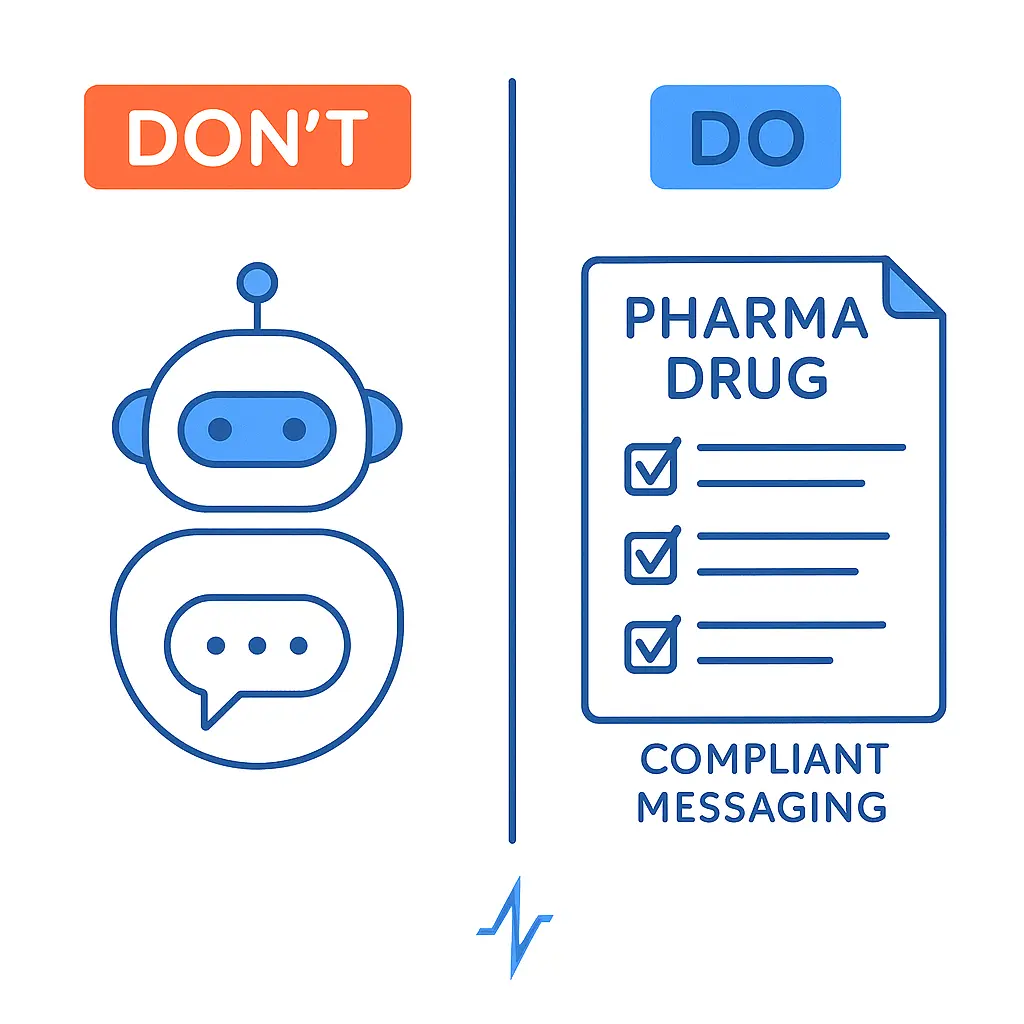
17. Health Care Landscape
Impact of Healthcare Environment on Pharma Marketing
The healthcare landscape is a dynamic and ever-evolving environment that significantly impacts pharmaceutical marketing. Pharma companies must continuously adapt to changing market demands, regulatory requirements, and technological advancements to remain competitive.
One of the most notable shifts in the healthcare industry is the move towards value-based healthcare. This model emphasizes patient outcomes and cost efficiency, requiring pharmaceutical marketers to demonstrate the tangible value of their products to healthcare providers and payers. By focusing on proven patient outcomes and cost-effective solutions, pharma companies can better align with the goals of healthcare systems and gain a competitive advantage.
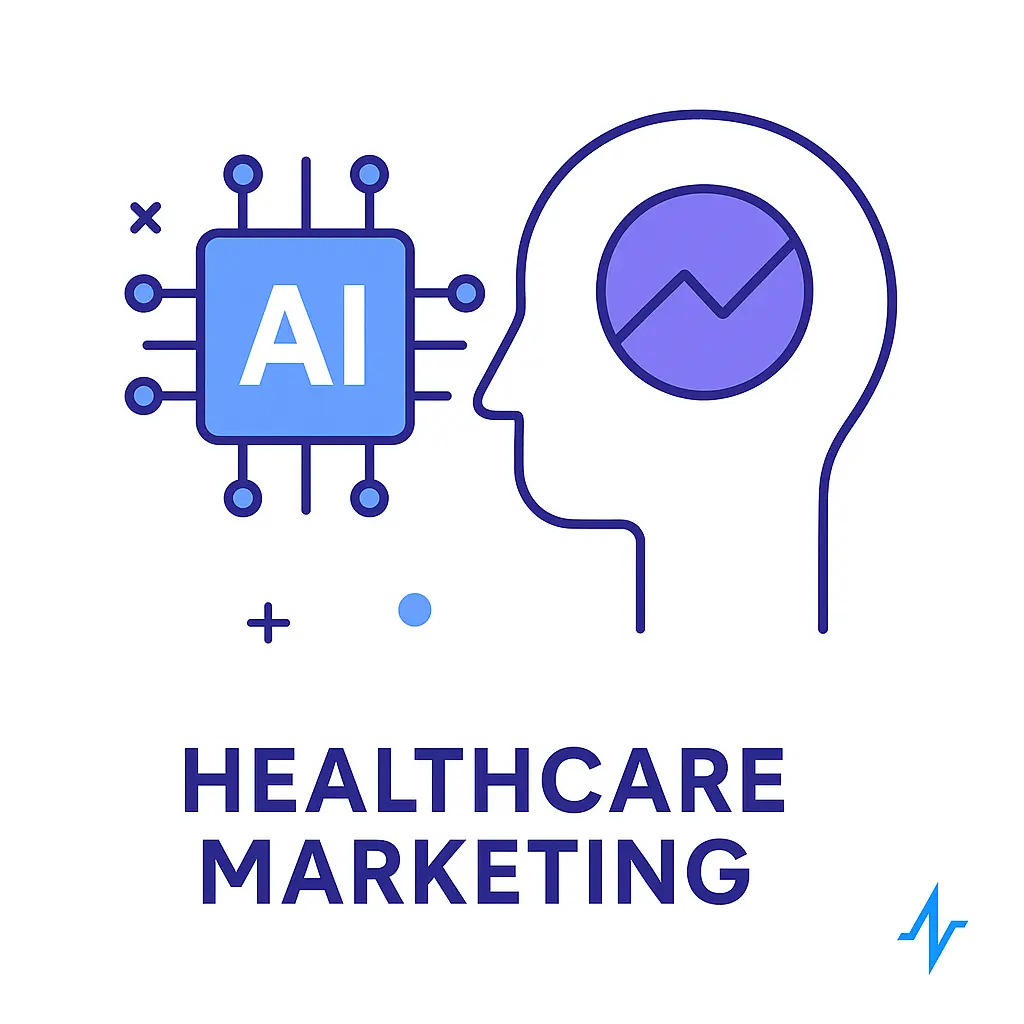
The rise of digital health technologies, such as patient portals and mobile health apps, has opened new avenues for engagement.
These platforms enable pharmaceutical companies to interact directly with patients and healthcare professionals, providing timely information and support.
This direct line of communication helps in building trust and fostering long-term relationships.
Patient advocacy and consumer-centric marketing have also become increasingly important. Understanding and addressing the needs and preferences of patients is crucial for developing effective marketing strategies. By prioritizing patient advocacy, pharmaceutical marketers can create more personalized and meaningful interactions, ultimately leading to better patient outcomes.
As the healthcare environment continues to evolve, pharmaceutical marketers must stay abreast of the latest trends and developments. This includes keeping up with emerging technologies, navigating regulatory restrictions, and adapting to changing patient behaviors. By doing so, pharma companies can maintain a competitive edge in a rapidly changing market and drive business success.
In conclusion, the healthcare landscape presents both challenges and opportunities for pharmaceutical marketing. By staying informed and agile, pharmaceutical marketers can effectively promote their products, improve patient outcomes, and achieve sustained business growth.
18. Why Pulse Health for Your Pharma Marketing Needs
Pharma marketing today operates at the intersection of science, technology, and stringent regulation. By blending traditional marketing strategies with sophisticated digital marketing tactics — underpinned by robust data analytics — pharma marketers can navigate regulatory mazes, outpace global competition, and deliver measurable, proven patient outcomes. Pulse Health stands ready as the industry’s premier CRM, empowering pharmaceutical marketers to orchestrate customer‑centric journeys, safeguard compliance, and secure a durable competitive advantage in a rapidly evolving health care system.
In the current pharmaceutical landscape, marketing efforts must go beyond mere promotion to encompass education, engagement, and trust-building among diverse stakeholders.
This involves leveraging cutting-edge technologies such as AI-driven analytics, mobile communications, and omnichannel platforms to tailor messaging and optimize outreach.
Additionally, integrating real-world evidence and patient feedback ensures that marketing strategies align with actual healthcare needs and regulatory expectations.
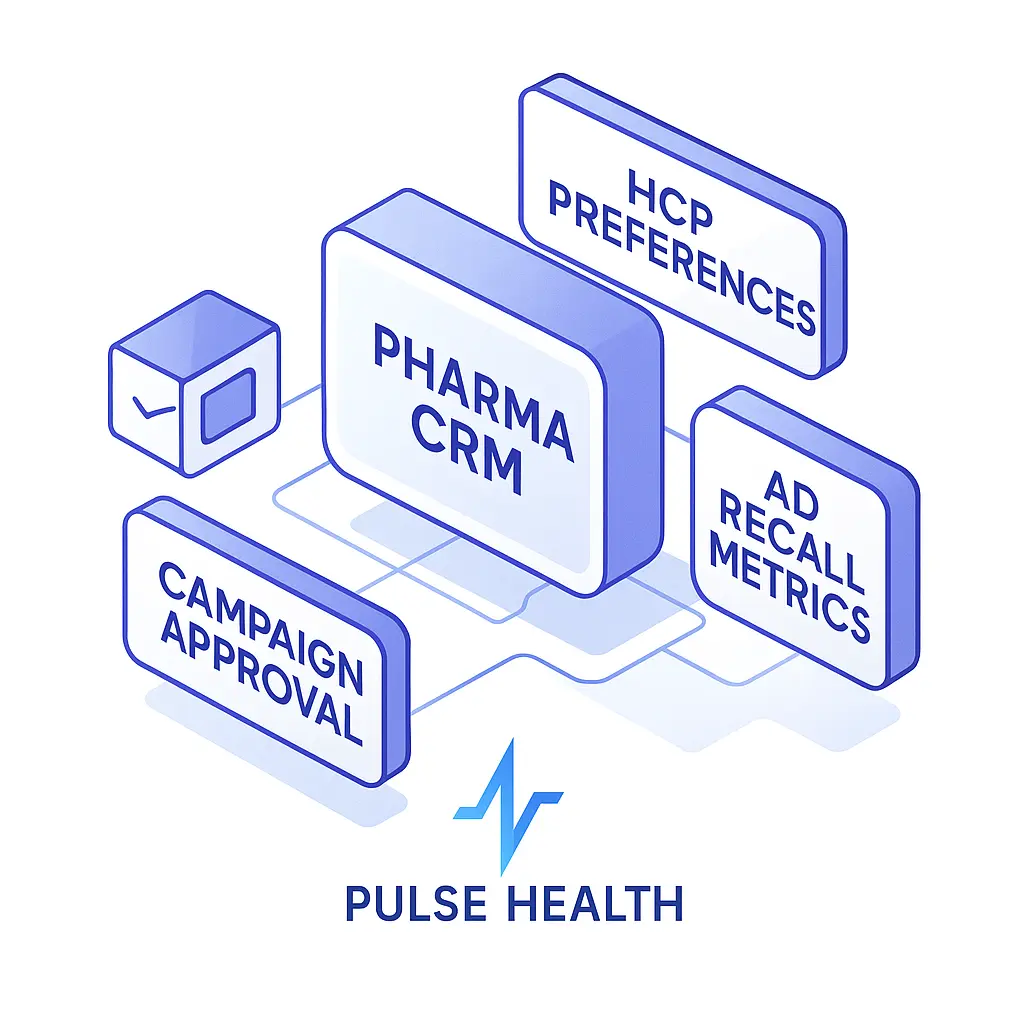
Pharma marketers face the dual challenge of maintaining compliance with rigorous regulatory frameworks while innovating to capture the attention of healthcare professionals and patients alike. Pulse Health’s CRM solutions address these challenges by providing seamless integration of data sources, automated compliance workflows, and actionable insights that enable agile strategy adjustments. This empowers marketing teams to deliver personalized content that resonates with target audiences and drives adherence, ultimately enhancing health outcomes.
Furthermore, the increasing emphasis on value-based healthcare demands that pharmaceutical companies demonstrate the tangible benefits of their products in improving patient quality of life and reducing healthcare costs. Effective pharma marketing, supported by comprehensive CRM platforms like Pulse Health, plays a pivotal role in communicating this value proposition clearly and credibly.
Ready to transform your marketing drugs strategy and achieve unparalleled impact? Book a demo with Pulse Health today.
FAQ: Popular Questions About Pharma Marketing
Pharma marketing encompasses all promotional activities pharmaceutical companies undertake to educate healthcare providers and patients about prescription drugs, devices, and services.
1) HCP‑focused promotion via sales reps and CME, 2) direct to consumer marketing (DTCM), and 3) payer / formulary engagement.
Branded small‑molecule, biologics, generics/biosimilars, and over‑the‑counter.
